This article is part of our Nutrition + Dining series. Here we explore holistic health topics and share favorite dishes from aligned restaurants.
Is Breakfast essential?
Some say breakfast is the most important meal of the day.
Whether you’re trying to lose weight, maximize energy for the day ahead, clear out mental cobwebs, or simply start the day right, a healthy breakfast can be a great tool for anyone.
What are the Benefits of Eating a Healthy Breakfast?
Eating a healthy breakfast has been linked with:
* Weight loss
* Increased energy levels
* Improved mental clarity and focus
* Decreased risk of heart disease
* Better blood sugar control
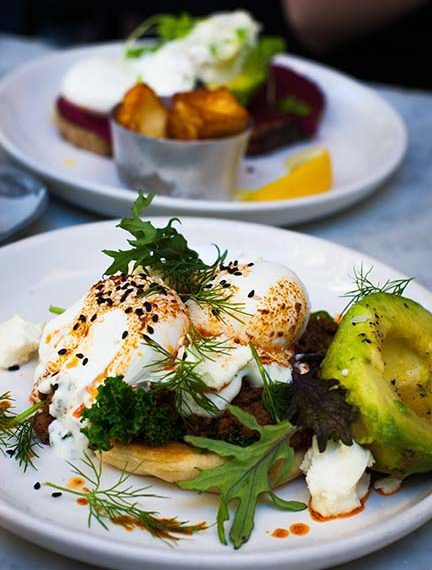
Photo by Kyle Roxas
But what are the healthiest breakfast foods? Should you eat a high-protein breakfast? Can vegan breakfasts be healthy?
What you eat for breakfast sets the tone for the rest of the day, so it’s crucial to start the day right and make sure you’re getting all the nutrients you need to power through. Of course, we take for granted that any breakfast worth eating is based on clean, whole foods which are central to Healthy Anywhere standards and philosophy.
Beyond a foundation of eating healthy whole foods, this article explores 3 tips to help you choose the best breakfast options for you.
#1: A balanced meal: include protein in your breakfast
You may have heard “eat protein early”. It’s a great maxim to keep in mind, so long as it’s part of a balanced approach also including some carbs and a little bit of fat to help stabilize blood sugar levels. Protein takes longer for your stomach to digest, providing lasting energy. It also helps you feel fuller longer and can help prevent mid-morning cravings. A healthy breakfast with some protein might include:
* Organic steel-cut oatmeal with nuts, berries, chia seeds, and fresh-ground flaxseed. + optional touch of whole yogurt (pastured or plant-based)
* Amaranth is an excellent whole plant-based source for good protein – you can use it instead of oatmeal.
* An omelet with seasonal vegetables
* Poached eggs with lightly sautéed spinach and mushrooms + optional whole-grain or sprouted toast toast
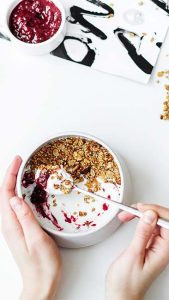
Notice the last two options include veggies and ideally some leafy greens, which brings us to tip #2…

Photo by Victoria Alexandra
#2. Get your greens on! (yes, for breakfast too)
Try to get your greens on at every meal by incorporating fresh dark leafy greens — breakfast included!
If you’re like most people, you may be lacking when it comes to those calming, stress-busting nutrients provided by sufficient dark leafy greens. We’re talking Magnesium, Potassium, Vitamin C, and more. But it can be tough to work them into breakfast…or can it?
Here are some ideas:
* Add spinach, kale, or other leafy green veggies to your eggs. If you’re making an omelet or scramble, add a handful of chopped greens when you add the other veggies. Option: make a side dish of sautéed or steamed leafy greens. Use any fresh greens you have on hand!
* Enjoy a smoothie, remembering to keep it balanced. For example, include some whole yogurt &/or almond milk, a good heap of leafy greens, half a cup of frozen berries, plus some chia seeds.
* Make a breakfast salad! Have some beautiful leafy greens on hand? Combine them and top with your favorite veggies and protein like over-medium egg or trout or add whole plant-based protein using your preferred combination of lentils, rice, and/or nuts.
* Use microgreens, sprouts, and/or fresh chopped herbs like parsley and cilantro to top eggs, toast, and more.
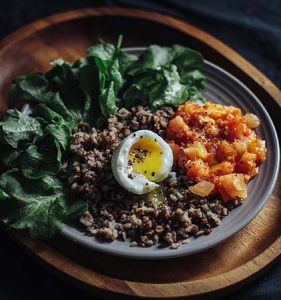
Photo by Marta Dzedyshko
#3. Like Goldilocks, don't eat too much...
You know that feeling… You sped through breakfast while catching up on email only to realize afterward that you ate enough for 2!
Overeating at breakfast (or any meal) can leave you feeling sluggish and can sabotage your healthy eating efforts for the rest of the day. So how do you know how much is “just right”?
Look to the Japanese principle of “Haru Hachi bu” or “belly 80% full”.
The idea is to slow down and be more mindful to listen to your body and hunger cues so you can stop eating when your stomach is 80% full.
If 80% is ‘too late’ for you, try to imagine a 7-8 out of 10 in terms of fullness. You should feel content – not still hungry – and feel as though you could eat more… but now, you choose not to.
Always leave room for a little more, and you’ll never overeat again!
If you’re still hungry after breakfast, have a healthy snack later in the morning — balanced including healthy protein, carbs, and a little fat.

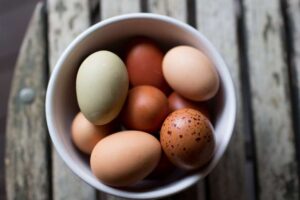
What about intermittent fasting and breakfast?
If you’re curious about time-restricted eating (TRE) and wondering about the implications of intermittent fasting and when to eat breakfast… know this: The same healthy guidelines apply no matter when you decide to ‘break the fast’, whether that’s 7 am or noon!
Just be sure you’re getting a sufficient variety of healthy nutrients and calories throughout the day to support your activity level and healthy eating goals.
You may find more success with intermittent fasting by eating earlier in the day and stopping earlier; but it’s honestly a personal journey. Your mileage may vary – choose what works best for you!
On the go or unable to make breakfast?
Most of the recommended breakfast examples above are available at restaurants, cafes, and specialty markets – if you know where to find them!
Our next articles will feature top breakfast picks from restaurants across the U.S. that follow these guidelines and align with our food values!
Check out the teaser photo below…
In the meantime, our member’s-only App is where you’ll find all the best healthy, sustainable, delicious places we’ve scouted just for you!
Get the Healthy Anywhere App: Find healthy and delicious breakfasts at restaurants near you
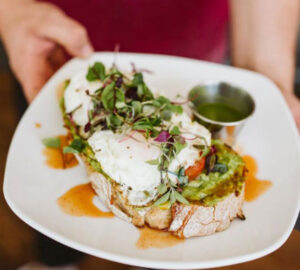
Discover the best healthy, sustainable, and delicious food near you.
Healthy Anywhere
Conscious. Clean. Curated.™


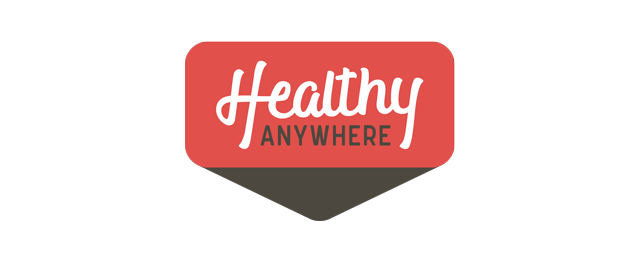
Pingback: 7 Great places to enjoy a Healthy Breakfast in the Bay Area | Healthy Anywhere